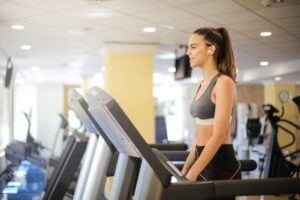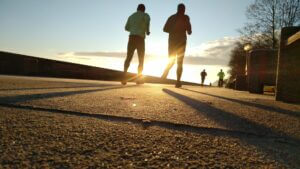Running a marathon is already a challenge that requires a great deal of physical and mental endurance. But have you ever considered taking on this feat without shoes? Barefoot running has been gaining popularity in recent years and for good reason. Proponents of barefoot running claim that it can improve balance, strengthen muscles, and reduce the risk of injury.
Running a marathon barefoot takes these benefits to the ultimate test of endurance, as the runner faces unique challenges both physical and mental. In this blog post, we will explore the history of barefoot running, the benefits of running without shoes, how to prepare for a barefoot marathon, and the experience of running 26.2 miles with nothing but your bare feet.
Get ready to step out of your comfort zone and learn about The Ultimate Test of Endurance: Running a Marathon Barefoot.
Table of Contents
History of barefoot running
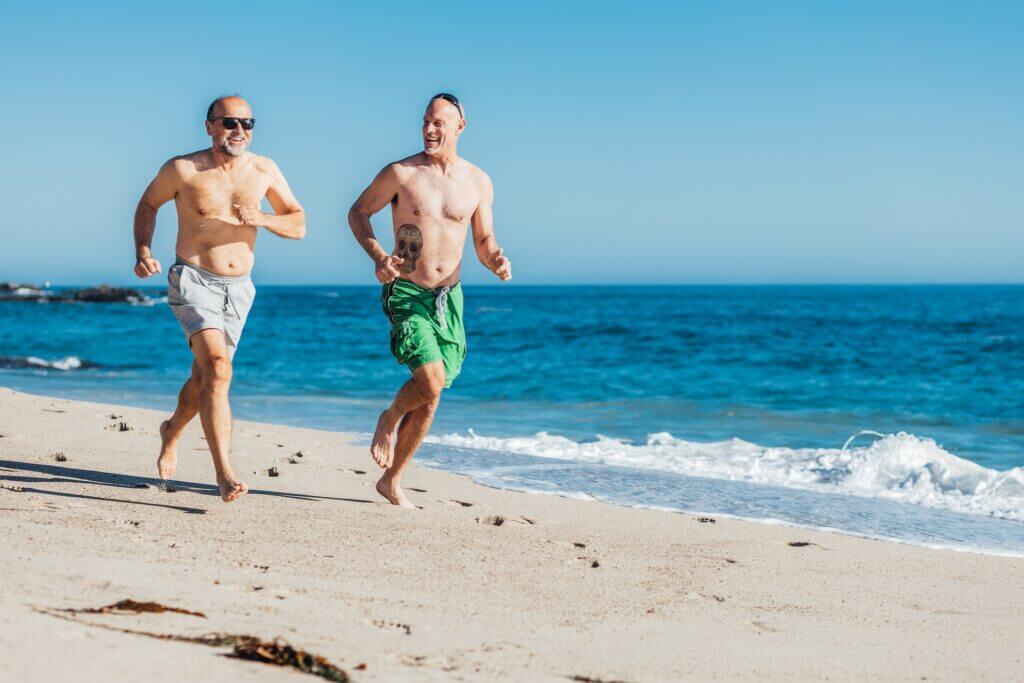
Barefoot running is not a new concept; in fact, it has a long history that can be traced back to our earliest ancestors. Humans have been running without shoes for thousands of years, long before the invention of modern athletic footwear.
In ancient civilizations, people often ran barefoot or wore minimalistic sandals made of animal hides or plant materials. The Tarahumara Indians of Mexico, for example, have a long history of running long distances in thin, handmade sandals called huaraches.
During the 20th century, the advent of modern running shoes changed the way people approached running. Thickly padded shoes with high heels became the norm, with the belief that they provided better cushioning and support, and thus reduced the risk of injury.
However, in recent years, there has been a resurgence of interest in barefoot running. Advocates of this approach claim that traditional running shoes actually increase the risk of injury, by altering the natural running gait and weakening the foot and ankle muscles. They argue that running without shoes or with minimalist footwear is a more natural and efficient way to run.
This movement gained momentum with the publication of Christopher McDougall’s bestselling book “Born to Run” in 2009. The book chronicles the author’s journey to Mexico’s Copper Canyon to study the Tarahumara Indians and their running practices. It also explores the history of running and the benefits of running barefoot or with minimalist shoes.
Since then, barefoot running has become more popular, with many runners adopting this approach to training and racing. However, it is important to note that not everyone is suited for barefoot running, and it requires proper preparation and technique to avoid injury.
Benefits of barefoot running
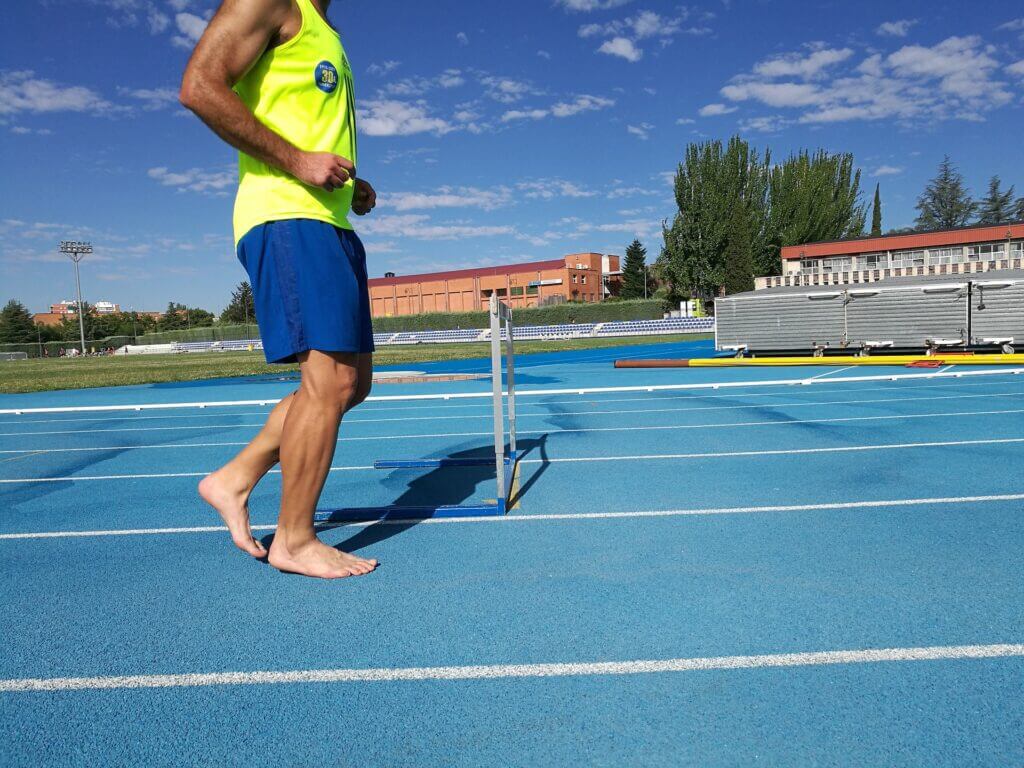
Barefoot running, as the name suggests, involves running without any shoes or minimal footwear that provide little to no support to the foot. While traditional running shoes have been designed to cushion the feet and provide stability, they may actually weaken the foot and ankle muscles over time, leading to a higher risk of injury.
Here are some benefits of barefoot running that make it an attractive alternative to traditional running:
- Improved balance and stability
Barefoot running requires the use of the natural shock-absorbing mechanism of the foot, which allows for better balance and stability. This helps to reduce the risk of falls and other injuries.
- Better running mechanics
Barefoot running encourages a forefoot or midfoot strike, which can help to reduce the impact on the joints and lower the risk of injuries such as knee pain and plantar fasciitis.
- Strengthened foot and ankle muscles
Running barefoot can help to strengthen the muscles in the foot and ankle, leading to better support and stability during physical activity. This can also improve overall foot health.
- Lower risk of injury
Running in traditional shoes can sometimes mask the pain or discomfort of an underlying injury, leading to further damage. Barefoot running can help to identify and correct any issues in running mechanics, foot posture, or gait, leading to a lower risk of injury over time.
It’s important to note that barefoot running is not suitable for everyone, and there may be risks involved, especially for those with pre-existing foot or ankle conditions.
It’s always recommended to speak with a healthcare professional before trying any new form of exercise. Additionally, barefoot running requires proper technique and gradual progression to minimize the risk of injury.
Interested in learning more about the benefits of barefoot running? Check out our latest article to find out why more runners are ditching their shoes and hitting the pavement barefoot.
Preparing for a barefoot marathon
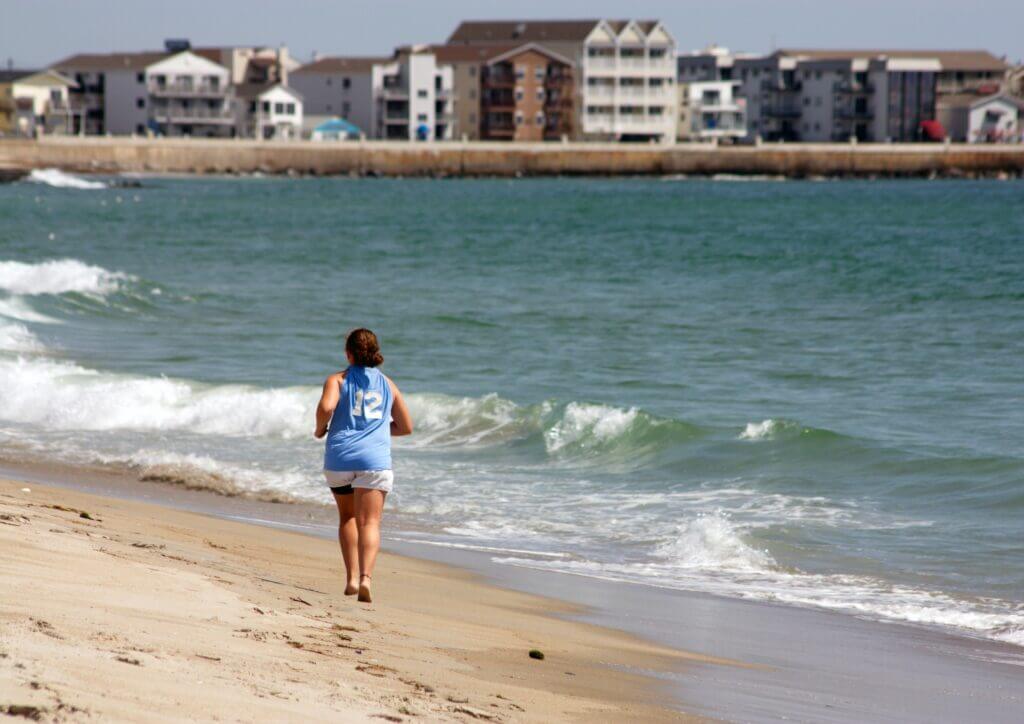
Preparing for a barefoot marathon requires a significant amount of training and preparation, particularly if you are used to running in traditional shoes. Here are some key factors to consider when preparing for a barefoot marathon:
A. Building up to long-distance barefoot running
Before attempting to run a full marathon without shoes, it’s important to build up your endurance and distance gradually.
Start by running short distances on a soft, forgiving surface, such as grass or dirt. As you become more comfortable and confident, gradually increase the distance of your runs until you can comfortably run several miles without shoes.
B. Proper form and technique
Barefoot running requires a different running technique than traditional running in shoes. When running barefoot, it’s important to land on the ball of your foot or midfoot, rather than your heel.
This allows for a more natural and efficient stride that reduces the impact on your joints. Additionally, keeping your feet close to the ground and maintaining a slightly shorter stride length can help to reduce your risk of injury.
C. Choosing the right surface to run on
When training for a barefoot marathon, it’s important to choose the right surface to run on. Ideally, you want a soft, natural surface that will be forgiving on your feet and help to build strength in your lower legs.
Some good options include grass, dirt, sand, and gravel paths. Avoid hard surfaces like concrete and pavement, as they can be too harsh on your feet and increase your risk of injury.
D. Transitioning from traditional running shoes to barefoot running
If you’re used to running in traditional shoes, transitioning to barefoot running can take time. Start by gradually reducing the amount of time you spend in traditional shoes and increasing the amount of time you spend running barefoot.
You may also want to consider using minimalist shoes, which have a thin sole and allow for a more natural foot strike, but still provide some protection from sharp objects and rough terrain.
Running a marathon barefoot
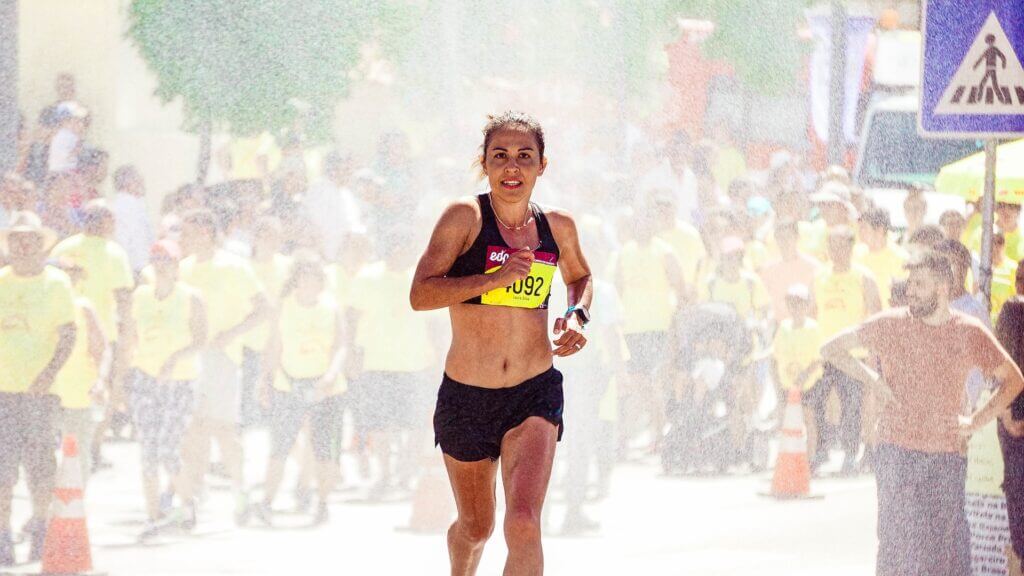
Running a marathon barefoot is the ultimate test of endurance and a unique experience that requires careful preparation and execution.
In this section, we will explore the mental and physical challenges of running a marathon without shoes, strategies for maintaining endurance and avoiding injury, and the unique experience of running a marathon barefoot.
A. The mental and physical challenges of running a marathon without shoes
Running a marathon without shoes can be mentally and physically challenging. It requires a lot of focus and concentration to maintain proper form and technique while running on varying surfaces such as concrete, asphalt, or gravel.
The feet and ankles are exposed to harsh terrain, and the runner needs to be prepared for any obstacles that may come their way.
Moreover, running without shoes requires more energy and endurance because the feet are directly exposed to the ground, which can be hard and unforgiving.
This means that the muscles of the feet and legs need to work harder to absorb the impact of each step. As a result, the runner may experience fatigue and soreness earlier in the race than they would in traditional running shoes.
B. Strategies for maintaining endurance and avoiding injury
To successfully complete a barefoot marathon, it is essential to have a solid strategy in place. The following are some tips that can help you maintain endurance and avoid injury during the race:
- Start slow: Begin the race at a slower pace than you would in traditional running shoes to allow your feet and legs to adjust to the new terrain.
- Maintain proper form and technique: Keep your feet under your center of gravity, use a mid-foot strike, and maintain a forward lean to reduce the impact on your feet and legs.
- Stay hydrated: Proper hydration is crucial for any endurance event. Be sure to drink water and electrolyte drinks throughout the race.
- Choose the right terrain: Opt for running on softer surfaces such as grass or dirt to minimize the impact on your feet and legs.
Listen to your body: If you feel pain or discomfort in your feet or legs, stop and assess the situation. Continuing to run on injured feet can lead to further injury and delay your recovery.
C. The unique experience of running a marathon barefoot
Running a marathon barefoot is a unique experience that offers a deeper connection with the ground and a greater sense of freedom. Without the barrier of shoes, runners can feel more connected to nature and experience the sensation of running in a more natural state.
Moreover, running a barefoot marathon requires a lot of mental and physical strength, and completing the race can be a tremendous sense of accomplishment. Runners can take pride in pushing themselves to their limits and overcoming the challenges of running without shoes.
Conclusion
In conclusion, running a marathon barefoot is the ultimate test of endurance that requires careful preparation, execution, and mental toughness.
While it may not be for everyone, those who are up for the challenge can experience the unique sensation of being more connected with nature and running in a more natural state. Moreover, barefoot running offers various benefits such as improved balance and stability, better running mechanics, and a lower risk of injury.
Preparing for a barefoot marathon requires building up to long-distance barefoot running, maintaining proper form and technique, choosing the right surface to run on, and transitioning from traditional running shoes to barefoot running.
During the race, maintaining endurance and avoiding injury is essential, and runners should start to slow, maintain proper form and technique, stay hydrated, choose the right terrain, and listen to their bodies.
Running a marathon barefoot is not an easy feat, but completing the race can be a tremendous sense of accomplishment. Runners can take pride in pushing themselves to their limits and overcoming the challenges of running without shoes.
Overall, barefoot running offers a unique and rewarding experience that can test one’s limits and deepen their connection with nature.
Read also

